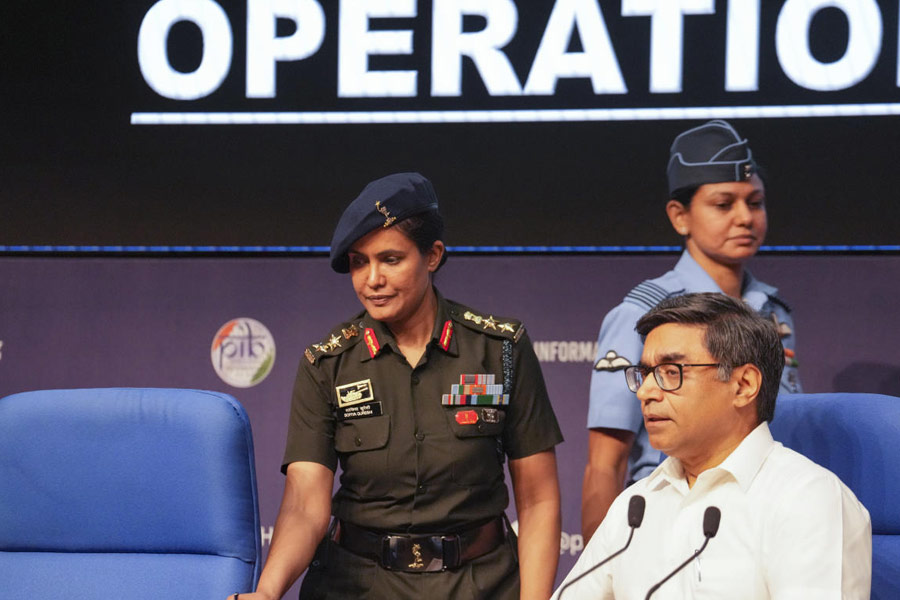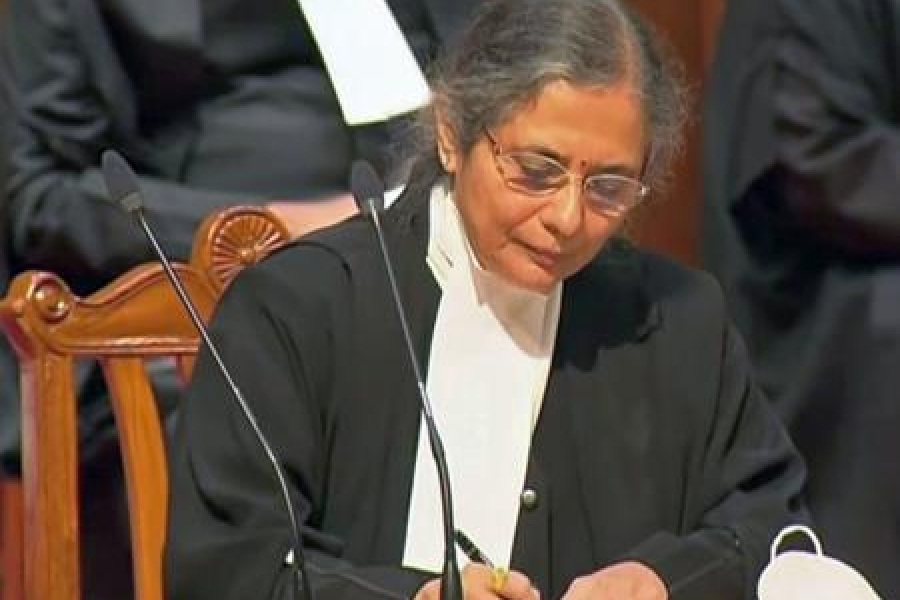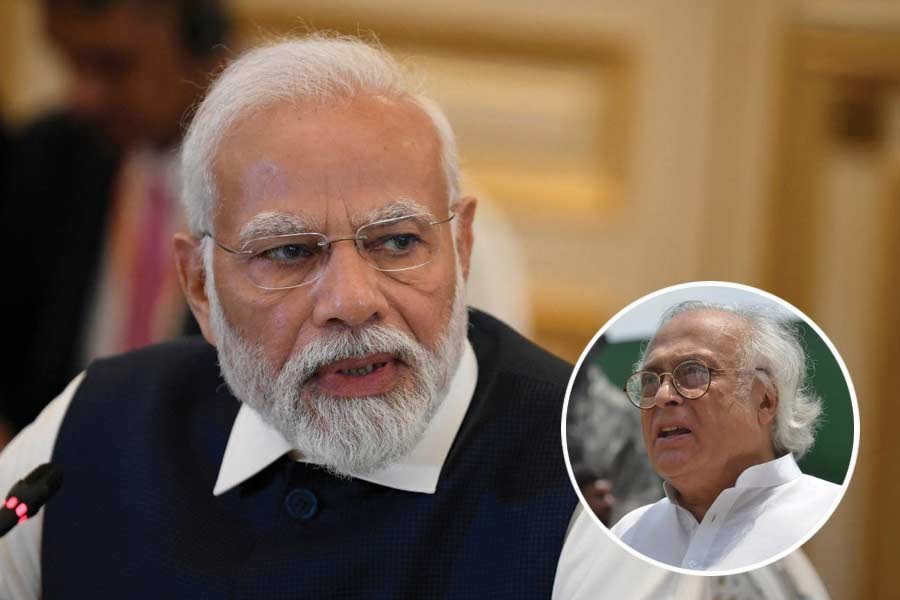 |
Patna, Sept. 5: Chief minister Nitish Kumar today launched “Samajhe Sikhen” — a demand driven programme to improve the quality of education in primary and middle schools from classes I to VIII.
Under the programme, teachers in government schools will have to keep an assessment record of students. Based on these assessments, teachers will prepare a portfolio of students.
The programme will be jointly carried out by the state human resource development department, Bihar Education Project Council and Unicef.
The main features of the programme are to make schools operational, increase learning capability of students, strengthen academic support and engage parents and guardians by collecting feedback from students.
“To improve quality education, a new programme has been started which aims at checking the dropout rate of students,” Nitish said.
He said the education policy should be framed in such a way that students who enter schools come out only after completing their studies. “This,” Nitish added, “can be achieved only if there is participation from students, teachers and parents.”
As part of Samajhe Sikhen, the chief minister has written letters to all teachers in the state, encouraging them to actively participate with dedication and enthusiasm to ensure quality education.
The chief minister said in his letter that there should be collective responsibility of teachers, students and parents to ensure quality education. This, he asserted, cannot be achieved in a day, but had to be a continuous process with an effort to change and improve the “work culture” in schools.
The letter, in the form of a calendar, will be displayed in each of the 71,000 primary and middle schools.
“In the first term of the NDA, the government’s efforts were to provide education to all with quantitative approach by ensuring infrastructure development of schools. In the second term, the focus has shifted to quality education,” Nitish said.
In its first term, the enrolment rate had reached its highest level in Bihar with more than 90 per cent of students going to schools. Around 94.1 per cent of children now study in government schools, 5.7 per cent in private schools and .02 per cent in unrecognised madarsas. However, the biggest challenge is providing quality education.
“We have been hearing the argument that a student of Class V doesn’t know the mathematics of Class II, but these problems are not confined to Bihar only. The crisis of quality education is a pan-India phenomenon,” the chief minister said.
Human resource development minister P.K. Shahi elaborated on the main features of Samajhe Sikhen. Shahi asserted that the government would ensure that schools reopen and close on time and that teachers and students are present during school hours.
The government also doesn’t want the students to only work and end up like the proverbial Jack and hence has laid down that the last period should be devoted to sports, art and cultural activities. Schools should have the necessary sports kits, storybooks and also musical equipment such as tabla and harmonium.
Deputy chief minister Sushil Kumar Modi, who also holds the finance portfolio, pointed out that education was a “big budget sector”. “This year we have allocated Rs 10,000 crore for primary education. If we include the Rs 2,700 crore given under the Sarva Shiksha programme, the total allocation for primary and secondary education comes to almost Rs 13,000 crore.”










